
Italy has turned to drastic measures to contain the spread of COVID-19, placing the entire country on lockdown until at least April 3.
Jonna Lorenz is a freelance journalist with more than 20 years of experience. Her background is in business and health care news, including reporting, editing and research for newspapers and websites.

Italy has turned to drastic measures to contain the spread of COVID-19, placing the entire country on lockdown until at least April 3.
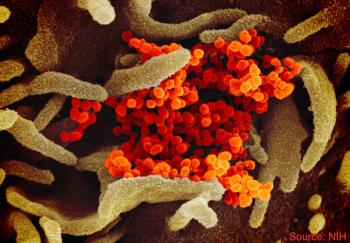
All health carriers regulated by the Washington Insurance Commissioner must waive copays and deductibles for consumers requiring COVID-19 testing through May 4, according to an order issued Wednesday.

Investigators in Rochester, NY, detailed the emergence of 3 antibiotic-resistant strains of Streptococcus pneumoniae since the introduction of the 13-valent pneumococcal conjugate vaccine in 2010.

Close commercial ties between China and Africa have health officials keeping a close eye on possible importations of COVID-19.
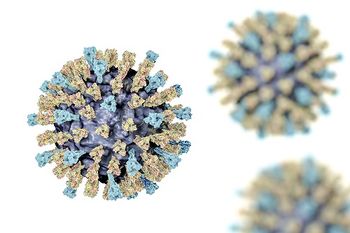
Measles leave every organ system vulnerable and can lead to a wide range of serious complications, including hepatitis, appendicitis and viral meningitis, according to a new study.

A small but significant percentage of Americans believe common misconceptions about vaccines, and that misinformation was associated with social media use and lower trust of medical experts, a new study found.

A mass rabies exposure event in Utah in 2018 highlights the need for early recognition, public awareness and rapid public health response to the disease.
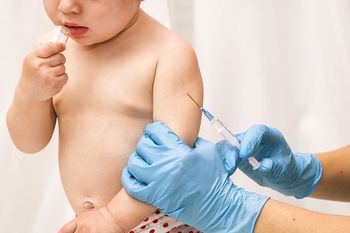
A new hexavalent combination vaccine for diphtheria, tetanus, pertussis, polio, hepatitis B, and Haemophilus influenzae type b won’t be commercially available in the United States before 2021, but the CDC has issued guidance for use of the vaccine in infants.

People living with HIV who don’t receive early intervention and primary care end up with a disproportionate share of health care costs, according to a new study that examined barriers to care and costs at a Dublin hospital.
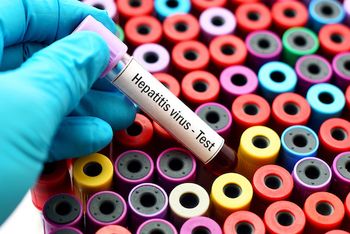
PWID are unlikely to receive testing for HIV and hepatitis C, according to a new study that found that 8.5% were tested for HIV and 7.7% were tested for HCV within 1 year of a clinical encounter consistent with injection drug use.

HIV-2 infections remain rare in the United States, but the CDC continues to recommend an HIV-1/HIV-2 differentiation test as a second step in testing.

Multiple blood cultures with appropriate volume can improve diagnosis and treatment of children with suspected sepsis or serious bacterial infection, according to a study at Children’s Hospital Colorado.
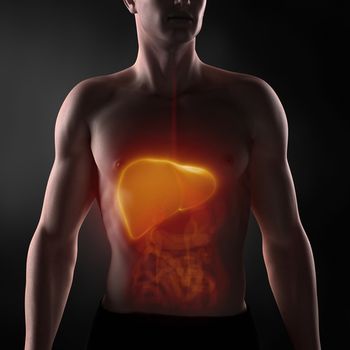
Minimal monitoring of patients receiving sofosbuvir-based therapy for hepatitis C virus resulted in equal cure rates at less cost than standard monitoring, a new study found.
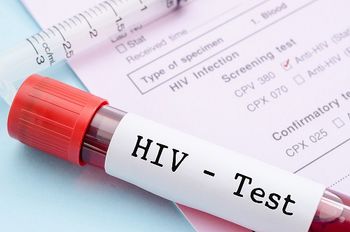
Standalone HIV testing centers in San Diego County, California, have been largely effective at reaching people at high risk of infection, according to a new study that also identified areas where targeted testing efforts may be beneficial.

Sexual risk behavior is the strongest predictor of syphilis among HIV-infected MSM and the risk of infection doesn’t decrease with repeated episodes of the infection, a new study found.

Treating patients with multidrug-resistant Pseudomonas aeruginosa infections could be moved to the outpatient setting with continuous infusion dosing of ceftolozane/tazobactam, a new study suggests.

Using a trial of antibiotics may be useful for predicting tuberculosis in ambulatory patients with HIV, particularly in settings with limited access to resources, a new study suggests.
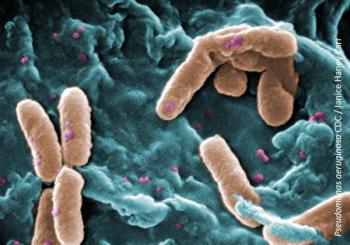
Patients with COPD in an outpatient setting who had tracheobronchial colonization of Pseudomonas aeruginosa had a 47% higher risk of mortality than those who didn’t have the infection.
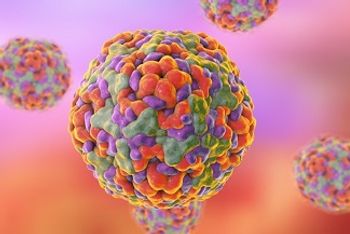
A closer look at the 2018 enterovirus A71 outbreak in Colorado highlights the need for non-sterile site testing to detect infections.

Viral suppression at 2 years nearly doubled for people with HIV in a medical care coordination program implemented by the Los Angeles County Division of HIV and STD Programs, a new study found.
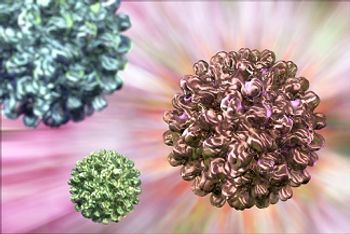
Combining financial incentives and accelerated vaccine schedules may improve hepatitis B vaccination completion among people who inject drugs who are at high risk for the infection, according to a new study.
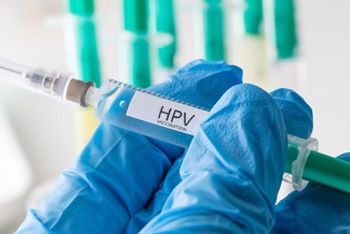
Vaccinating adults ages 27-45 years against human papillomavirus (HPV) was projected to have low public health benefits and high costs, according to a new report.
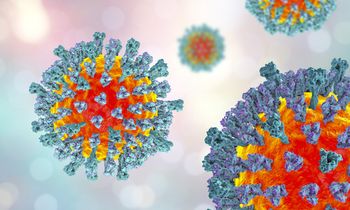
Global efforts to eliminate measles took a step backward, with the number of cases rising to 353,236 in 2018, up 167% from 132,413 cases in 2016.

Recommendations to offer antiretroviral therapy on the same day as home-based HIV testing were reinforced by a 2-year follow-up study that examined involvement in care and viral suppression.

New guidance issued by the CDC offers details on the dosing, efficacy and safety of tafenoquine for prevention and antirelapse therapy for malaria.

Low vaccination coverage contributed to a sharp rise in the number of circulating vaccine-derived poliovirus outbreaks worldwide from January 2018 to June 2019, according to the CDC.

Common interventions such as frequent hand washing can help stop the spread of methicillin-resistant Staphylococcus aureus, according to a new study that identified household environments as a reservoir for the bacteria.

Distributing free HIV self-tests to men who have sex with men resulted in a sharp increase in the number of infections identified, a new study by the CDC.

Incorporating a signaling protein known as B cell activating factor into the rabies vaccine improved speed and strength of the antibody responses, investigators at Thomas Jefferson University found.
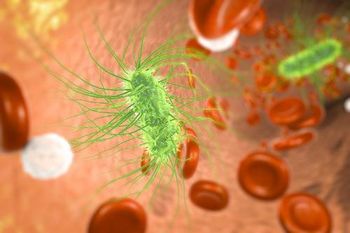
A new rapid blood assay could help physicians to get ahead of sepsis by predicting which patients are at low, medium and high risk for the infection.